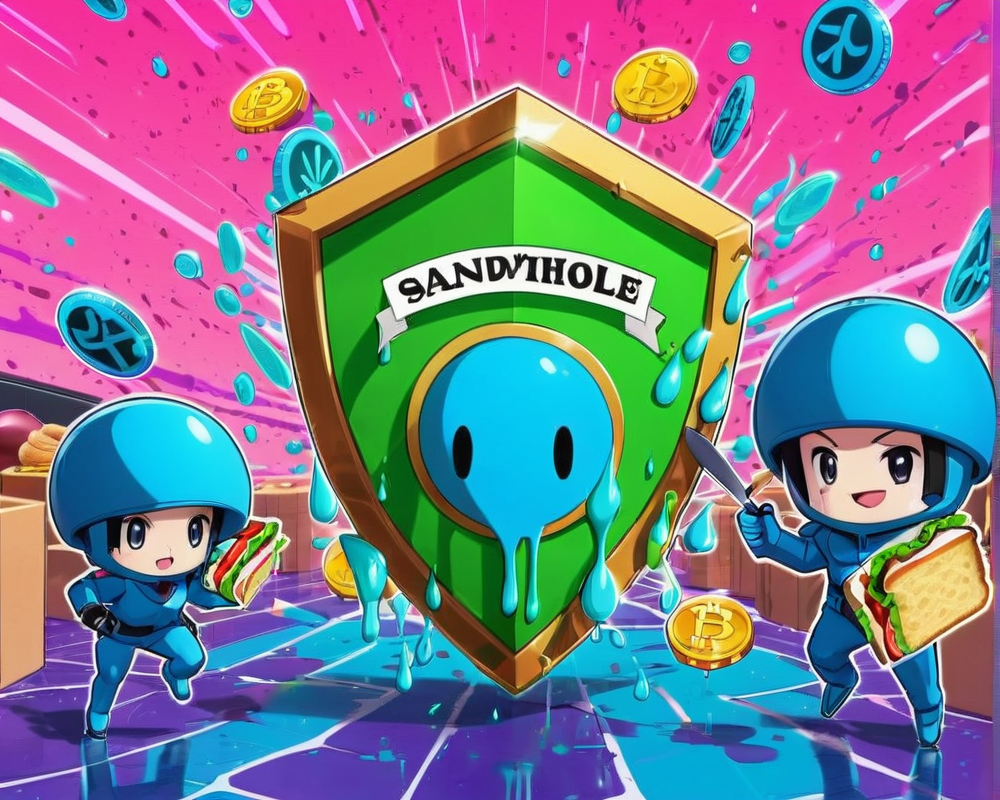The Burn That Shook the Crypto World
On October 20, a bold move reverberated through the crypto realm as Uniswap founder Hayden Adams announced the incineration of 99% of the HayCoin (HAY) supply. This drastic action, shared on X (formerly Twitter), aimed to address concerns about rampant price speculation that had turned the token into a whirlwind of meme-like chaos.
A Token’s Unlikely Journey
Originally deployed five years ago for testing purposes before the birth of Uniswap, HAY had been gathering dust in Adams’ wallet with more than 99.9% of its supply. Interestingly, just a few weeks ago, it was trading wildly, reminiscent of the most popular memecoins—imagine a Shiba Inu dog sporting a monocle! Adams quipped:
“Crypto can be weird sometimes.”
Indeed, a handful of adventurous soul investors had been buying and selling HAY just for the novelty, pushing its trading volume into six-figure realms. And now, after five years of quiet slumber, it decided to grab the limelight in a chaotic fashion. Right place, right time, or just pure randomness? You be the judge.
What Does Token Burning Mean?
When Adams pulled the trigger on burning about $650 billion worth of HAY tokens, he wasn’t simply throwing them in a fiery pit of despair. In the world of cryptocurrency, burning tokens stirs quite the pot by permanently removing them from circulation, creating scarcity, and potentially inflating prices. Some might say it’s akin to putting a chocolate cake in a glass cabinet—no one can have a bite, but suddenly everyone wants a slice!
The Costly Consequences
Adams wasn’t just grappling with emotional discomfort at owning such a hefty chunk of a speculated asset; he also sparked discussions about the financial ramifications of his burning action. Angry tweeters reminded him that he might be looking at a notable capital gains tax if he sold those tokens before lighting the match.
“Assuming a cost basis of $0, a ~$650 billion disposal gives rise to ~$128 billion long-term capital gains liability.”
Now that’s a hefty bill, maybe more than what your last car costs!
Lessons and Reflections
The entire saga raises several intriguing questions about the nature of cryptocurrencies, speculative trading, and how emotive the crypto community can be. While looky-loos pointed out that Adams could have sold the tokens to donate the profits instead of torching them, he seemed more comfortable with the flames than with the idea of speculative ownership.
As we watch this story unfold, the crypto world can only wonder: are memecoins just a passing fancy or here to stay? What’s next for HAY now that it’s been burned to a crisp? One thing’s for sure—people will keep talking about it.




